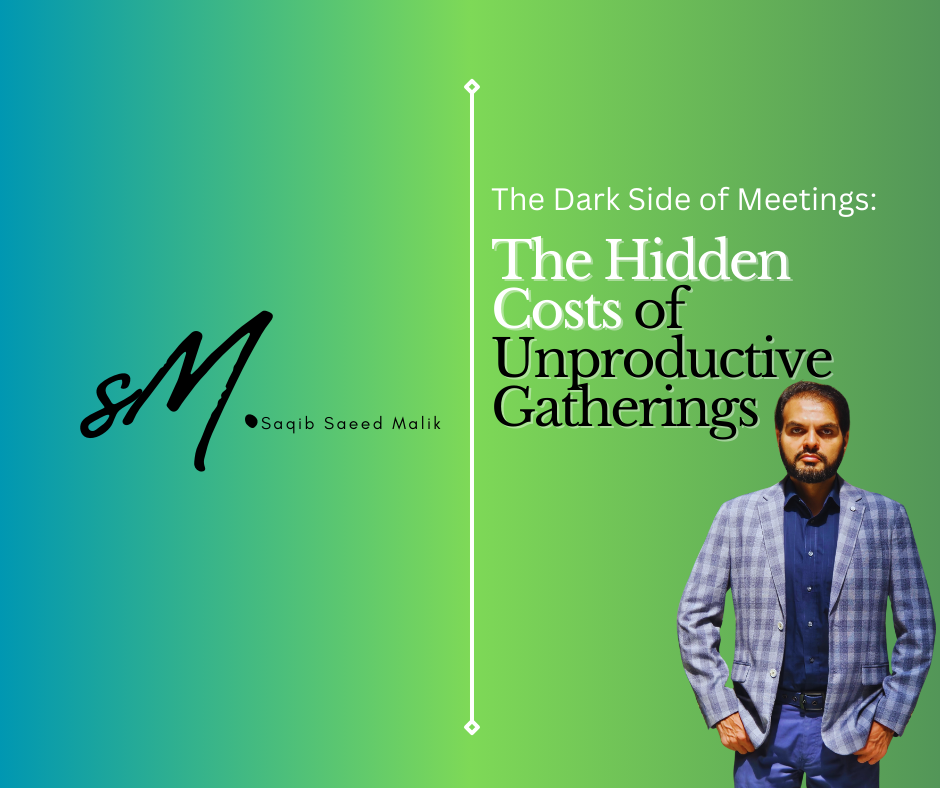While meetings can be beneficial, they also come with their share of disadvantages, particularly when they are poorly managed. One of the most significant downsides of meetings is the time they consume. In many organizations, employees spend a large portion of their workday in meetings, leaving less time for actual productive work.
The cost of unproductive meetings can be substantial. Not only do they waste time, but they also lead to employee frustration and burnout. When meetings are not well-structured or lack a clear purpose, participants often feel that their time could have been better spent elsewhere. This can lead to decreased morale and disengagement, as employees may start to view meetings as a hindrance rather than a valuable use of their time.
Another disadvantage of meetings is the potential for groupthink. When individuals are brought together in a meeting, there is a risk that they may conform to the dominant opinion, even if it’s not the best solution. This can stifle creativity and lead to suboptimal decisions. It is important to encourage open dialogue and diverse opinions in meetings to avoid the pitfalls of groupthink.
In conclusion, while meetings are a necessary part of organizational life, they can be detrimental if not managed effectively. It is essential for leaders to be mindful of the potential downsides and take steps to ensure that meetings are productive and aligned with the organization’s goals.

